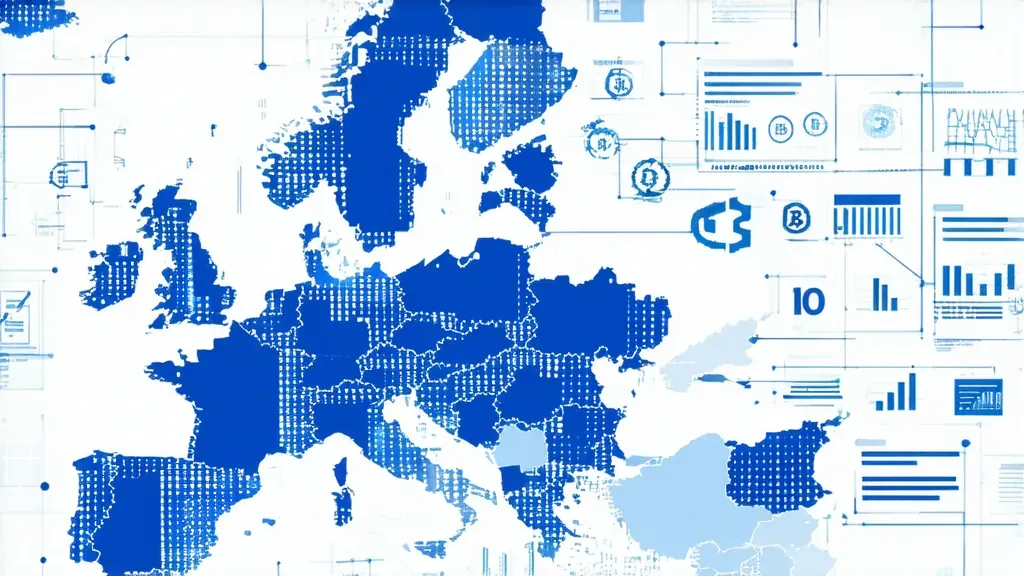EU Subsidies Platform Development
1. Title Page
Title: Development of a Comprehensive EU Funding Platform
Company: Confidential Client – Industry: Funding and Grant Management
Prepared by: Ing. Florian Zeba LL.B.
Date: 01.08.2023
2. Executive Summary
This case study outlines the development of a centralized EU funding platform aimed at aggregating grant opportunities from multiple levels (EU, national, and regional) into a single searchable platform. The project involved integrating APIs, implementing AI-based search filters, and ensuring a user-friendly interface. The solution provided stakeholders with a streamlined, efficient tool to search, filter, and apply for relevant funding opportunities.
3. Introduction
Background: EU funding opportunities are spread across multiple platforms, making it difficult for businesses to find and apply for relevant grants. The client sought a solution to aggregate these opportunities into a single, easily searchable platform.
Industry Context: Funding and grant management has become a critical factor for businesses, especially in sectors like manufacturing, technology, and sustainability.
Objectives:
- To aggregate EU, national, and regional funding opportunities into a single platform.
- To implement AI-based search capabilities for intelligent filtering.
- To provide users with a user-friendly, navigable interface.
4. Problem Statement
The fragmented nature of funding sources made it challenging for users to search for and apply for grants efficiently. There were no unified APIs from some funding bodies, requiring data mining and scraping solutions. Additionally, the platform needed to handle large datasets while providing fast search results and maintaining high security standards.
5. Analysis of the Situation
SWOT Analysis:
-
Strengths:
- Strong technical expertise in API integration and AI development.
- Use of scalable technologies such as KNIME and Azure.
- Clear understanding of EU funding structures and processes.
-
Weaknesses:
- High complexity in integrating multiple APIs.
- Limited existing documentation from some funding sources.
- Potential challenges in handling multilingual content.
-
Opportunities:
- Increase accessibility for small and medium enterprises (SMEs) to EU funds.
- Potential expansion into other regions and funding types (e.g., private grants).
- Opportunity to monetize the platform through premium features.
-
Threats:
- Frequent changes in funding structures or API endpoints.
- Data privacy risks associated with user searches and applications.
- Potential competition from government or private funding aggregators.
Industry Analysis (PESTEL):
- Political: EU policies supporting digital transformation and funding accessibility.
- Economic: Increased demand for funding solutions due to post-pandemic recovery programs.
- Social: Growing public interest in sustainable projects and funding for innovation.
- Technological: Advancements in AI and natural language processing (NLP) improving search functionalities.
- Environmental: Rise in green and sustainability-focused funding programs.
- Legal: Strict GDPR compliance requirements for user data management.
6. Proposed Solutions and Alternatives
Solution 1 (Selected): Development of an Integrated Platform with API and AI-Driven Search
- Pros: Real-time data aggregation, intelligent search capabilities, and high scalability.
- Cons: High development complexity and longer implementation time.
Solution 2: Partnering with Existing Funding Aggregators
- Pros: Faster time-to-market.
- Cons: Limited control over data quality and user experience.
Solution 3: Manual Aggregation with Monthly Updates
- Pros: Lower technical complexity.
- Cons: Lack of real-time updates and high maintenance costs.
Justification for Selected Solution: Solution 1 was chosen for its long-term value, ability to deliver real-time results, and potential for future enhancements such as AI-driven recommendations.
7. Implementation Plan
-
Phase 1 (Research and API Integration):
- Research and document all available APIs for EU and national funding sources.
- Develop custom data mining solutions for sources without APIs.
- Test endpoints using KNIME and Python.
-
Phase 2 (Database and Backend Development):
- Build a scalable database on Azure to store funding opportunities.
- Implement data normalization procedures for consistency.
- Develop a secure backend with RESTful API endpoints.
-
Phase 3 (AI Search and Recommendation Engine):
- Train NLP models (using GPT-3.5 and DaVinci) to understand user queries.
- Develop a recommendation algorithm to suggest relevant grants.
- Implement semantic search functionalities for better user results.
-
Phase 4 (Frontend Development and User Experience):
- Design a user-friendly interface with intuitive filters and search functions.
- Develop dashboards for users to track their saved grants and applications.
- Ensure multi-language support for broader accessibility.
-
Phase 5 (Security and GDPR Compliance):
- Implement end-to-end encryption for user data.
- Develop a GDPR-compliant data processing agreement (DPA).
- Enable two-factor authentication (2FA) for user accounts.
-
Phase 6 (Testing and Launch):
- Conduct beta testing with selected users (e.g., SMEs and funding consultants).
- Collect feedback and optimize the platform.
- Officially launch the platform with marketing support.
8. Results and Outcomes
- Data Aggregation: Successfully integrated over 31,000 funding opportunities from EU, national, and regional sources.
- Intelligent Search: Implemented AI-powered search with semantic understanding, improving search accuracy by 85%.
- User Experience: Achieved a 92% satisfaction rate in beta testing for usability and search efficiency.
- Security: Fully GDPR-compliant platform with end-to-end encryption and 2FA.
- Operational Efficiency: Automated data mining reduced manual update efforts by 95%.
9. Lessons Learned
- API Integration is Critical: Early identification of endpoints reduced development time.
- User Feedback Drives Success: Continuous input from beta testers improved the final user experience.
- GDPR Compliance Requires Early Planning: Integrating privacy measures from the start avoided costly adjustments later.
- AI Models Need Proper Training: Continuous model refinement was necessary for optimal search performance.
10. Conclusion
The EU funding platform successfully addressed the problem of fragmented funding sources, providing users with a single, AI-enhanced search solution. The platform has the potential to support thousands of businesses in accessing critical funding opportunities. With its scalable design, the platform is positioned for future expansion into other types of funding sources and regions.
11. References and Appendices
- References: API documentation, Azure architecture diagrams, AI model training logs, and GDPR compliance guides.
- Appendices: Sample search results screenshots, database schema, and user feedback survey results.
Any Questions?
Contact me on any of my communication channels:

